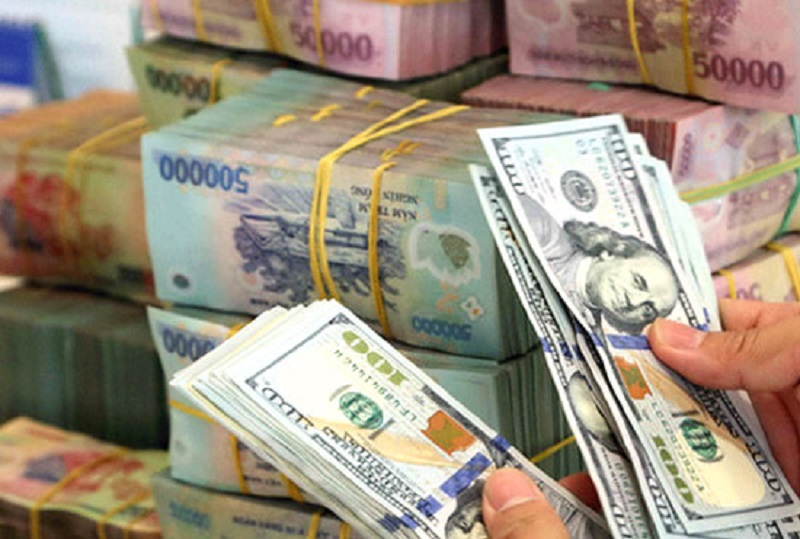What impact will SBV's cash injections and withdrawals offer?
Experts believe that the State Bank of Vietnam's (SBV) recent monetary injections and withdrawals attempt to steer interbank market activities in the correct direction.
Flexible Policy Regulation
The SBV recently injected a considerable sum of 5,952.27 billion VND into the market via open market operations (OMO) at a preferential annual interest rate of 4% for a 7-day period. This action is designed to offer greater operating capital to credit institutions and the money market as capital demand rises.

Previously, the SBV withdrew a total of 171,700 billion VND through 16 certificate of deposit issuances to absorb surplus cash in the banking sector. This policy is part of a larger set of actions aimed at regulating the money supply and ensuring financial market stability. It also highlights the SBV's proactive use of flexible monetary policy instruments to handle economic swings.
According to Mr. Nguyen Minh Tuan, CEO of AFA Capital, loans in the interbank system are generally based on creditworthiness, with collateral only required in unusual instances. However, when a bank has a liquidity crisis and is unable to get loans from other banks, it is compelled to hike interest rates in order to attract capital.
It should also be emphasized that the SBV's most recent monetary injection featured just one bank winning the bid with a 7-day duration. The major goal is to provide liquidity to a momentarily cash-strapped bank for 7 days, avoiding the need for that bank to hike interest rates or even face a situation in which no bank is prepared to lend.
The recent continuous certificate of deposit withdrawals have had a substantial influence on the interbank market, with growing certificate volumes driving higher interest rates. Although originally low, interest rates have since risen again.
Mr. Tuan noted that the simultaneous injection and withdrawal activities will ensure that interbank market operations meet the SBV's requirements.
Slight increase in Exchange Rates
The SBV's monetary injections and withdrawals have also influenced currency rates. In the trading session on April 2, numerous commercial banks' exchange rates surpassed the 25,000 VND level. Vietcombank's selling rate rose to 25,050 VND/USD on the afternoon of April 2 and remained there on the morning of April 3, while purchasing prices were 24,680 VND/USD (cash) and 24,710 VND/USD (transfer).

In reality, the exchange rate rises as the US Dollar Index (DXY) crosses the crucial 105-point mark, hitting its highest level since early November 2023. This increase follows statements from Federal Reserve Chairman Jerome Powell about not rushing to modify the present interest rate policy.
This has fueled anticipation that the Fed will retain a strong monetary policy stance to counter inflationary pressures.
However, economic specialists feel that the pressure on the VND does not jeopardize Vietnam's macroeconomic stability. In comparison to the USD, the VND has depreciated much less than other regional currencies. For example, the Thai Baht has suffered the most depreciation of up to 5% since the start of the year. The Malaysian Ringgit and South Korean Won have also seen major devaluation of 3.8% and 3.1%, respectively.
According to analysts at the BIDV Banking Training and Research Institute, exchange rate pressures are projected to diminish in the near future when the Fed begins to lower interest rates by the end of Q2 2024. This will serve to decrease the interest rate disparity between the USD and VND, limit ing speculative currency trading.








